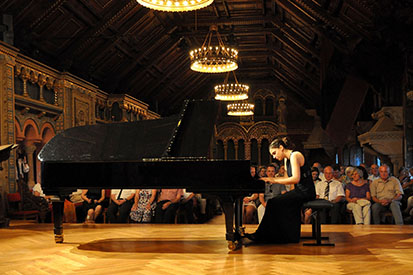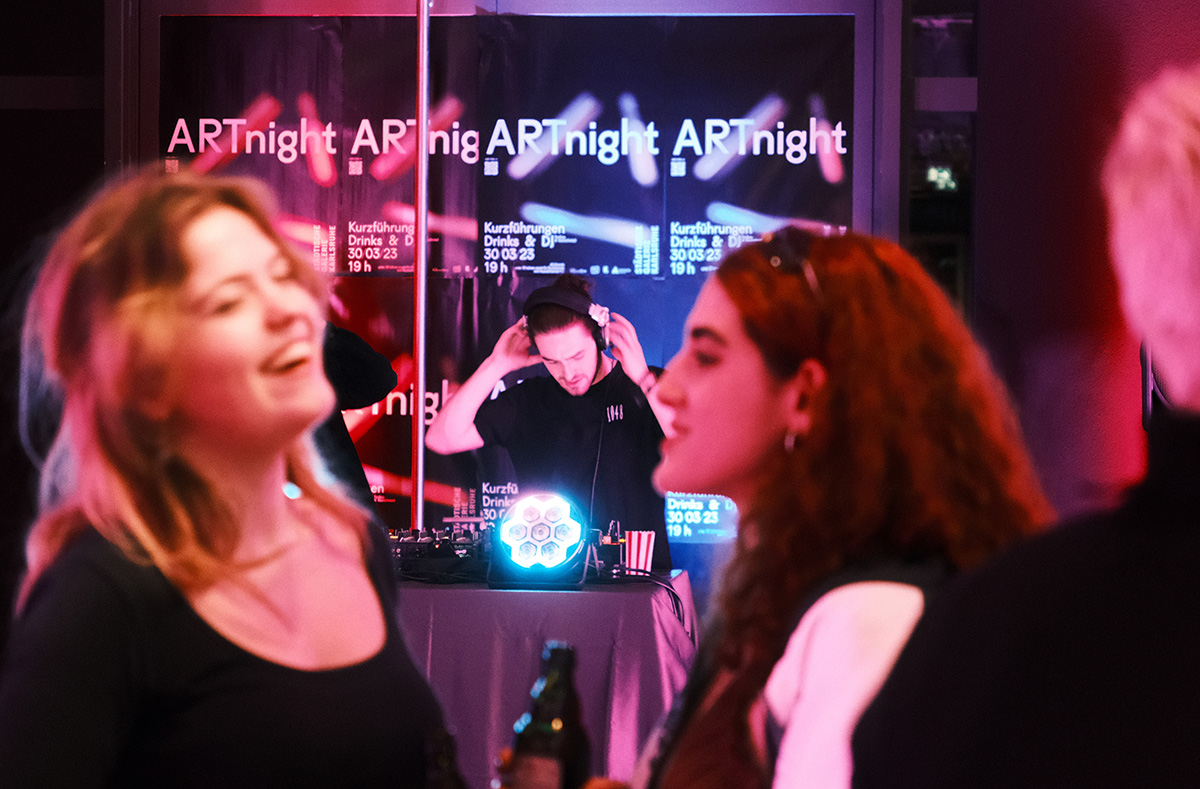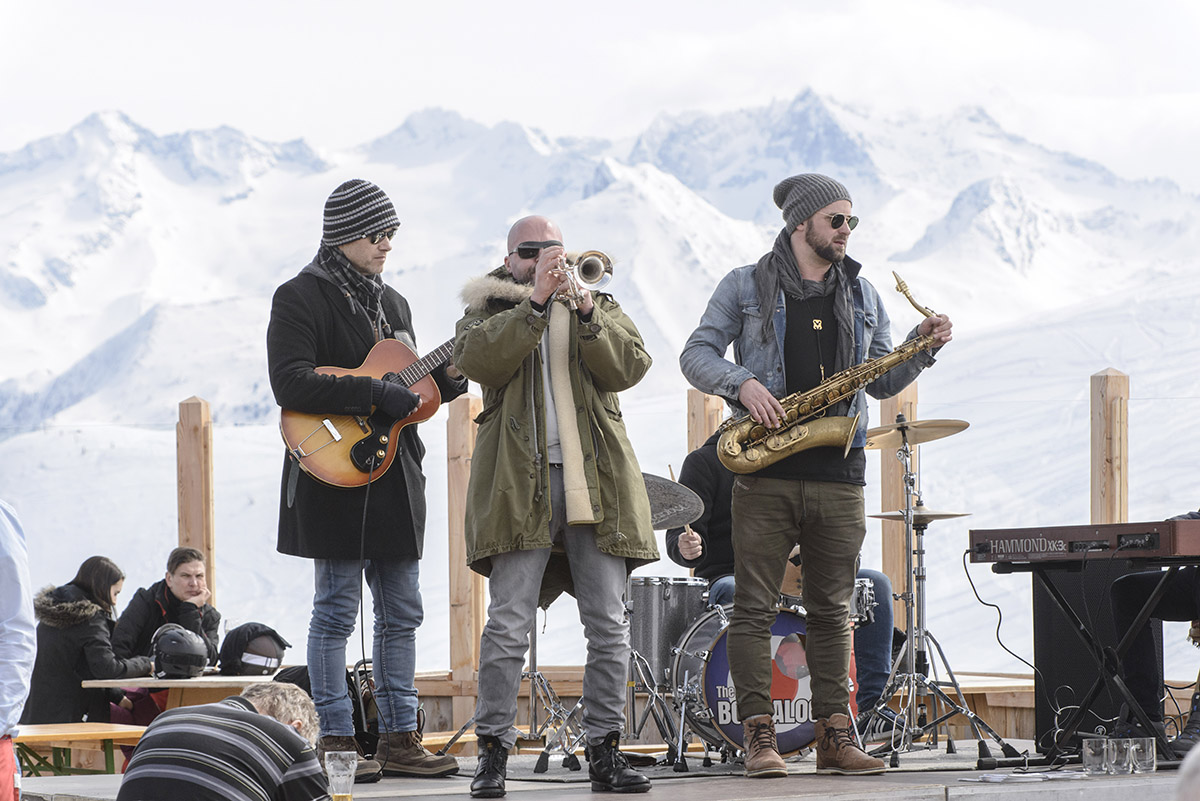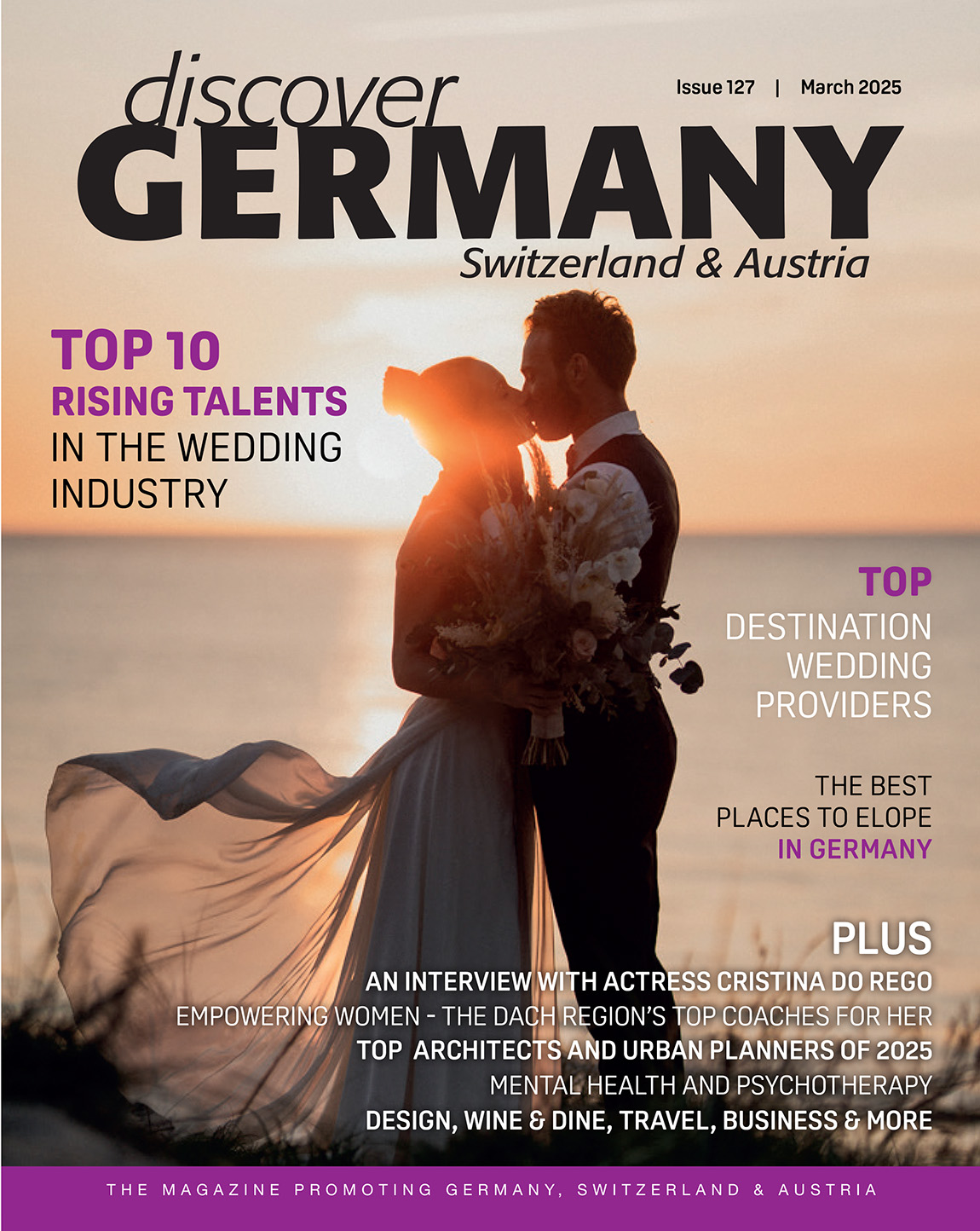Wartburg-Stiftung Eisenach

900 years of history and culture at Germany’s most famous castle
TEXT: JESSICA HOLZHAUSEN | PHOTO © WARTBURG-STIFTUNG EISENACH
For nearly a thousand years, the Wartburg has been sitting on the cliffs over the city Eisenach in Thuringia. First a sign of rule and power, it has today become a testimony to the art of building during the Middle Ages and German history. In 1999, the Wartburg was declared a world heritage site.
Once the seat of the landgrave of Thuringia, the ‘Palas’, the castle’s main building, today counts as a prime example of late Romanesque architecture. Rebuilt and extended over the centuries, even Luther found a completely different picture, when he took refuge in the castle in 1521: in a small room over the castle courtyard he translated the New Testament and with that laid the foundation for a uniform written German language. Luther’s room today attracts tourist from all over the world.
This is also the case for the art collection, presenting a treasure trove with works from eight centuries – among them, some famous paintings by Lucas Cranach the Elder. It was originally initiated by Goethe in the early 19th century. Today, the Wartburg is a unique backdrop for concerts and events: ‘Tannhäuser’, for example, is the only Wagner opera that is played at the place where its story is actually set – a must for true Wagner fans.
900 Jahre Geschichte und Kunst auf Deutschlands berühmtester Burg
Seit fast einem Jahrtausend thront die Wartburg in felsiger Höhe über der Stadt Eisenach in Thüringen. Einst Zeichen von Herrschaft und Macht, ist sie heute Zeugnis mittelalterlicher Baukunst und deutscher Geschichte. Seit 1999 gehört die Wartburg deshalb zum UNESCO Welterbe der Menschheit.
Früher Sitz der Thüringer Landgrafen gilt der Palas, das Hauptgebäude der Burg, heute als eine seltene Kostbarkeit spätromanischer Baukunst. Über die Jahrhunderte erweitert und umgebaut, bot sich schon Martin Luther ein ganz anderes Bild als er hier im Mai 1521 Zuflucht fand: In einer Stube über dem Burghof übersetzte er das Neue Testament und legte damit den Grundstein für eine einheitliche deutsche Schriftsprache. Luthers Stube ist Anziehungspunkt für Besucher aus aller Welt.
Das gilt auch für die Kunstsammlung, die Schätze aus acht Jahrhunderten präsentiert – so eine Vielzahl weltberühmter Werke von Lucas Cranach d. Ä. – und auf die Initiative Goethes im frühen 19. Jahrhundert zurückgeht. Heute ist die Wartburg auch einzigartige Kulisse für zahlreiche Konzerte und Veranstaltungen: So wird mit dem ‚Tannhäuser‘ die einzige Wagner-Oper am authentischen Ort ihrer Handlung aufgeführt – ein Muss für jeden Wagnerfreund.
Subscribe to Our Newsletter
Receive our monthly newsletter by email




